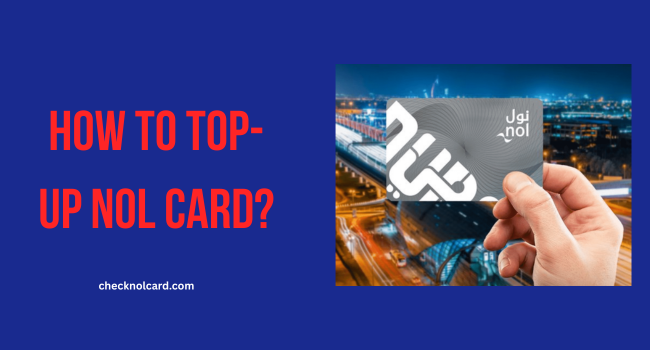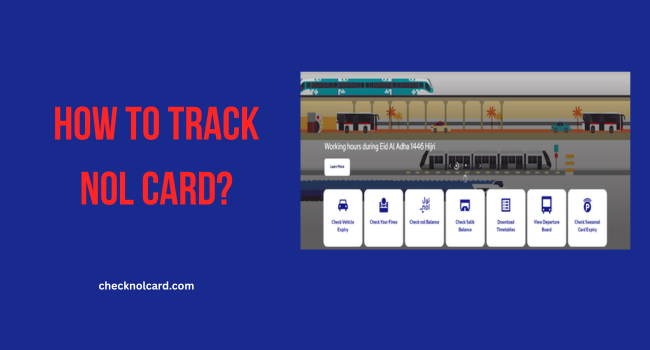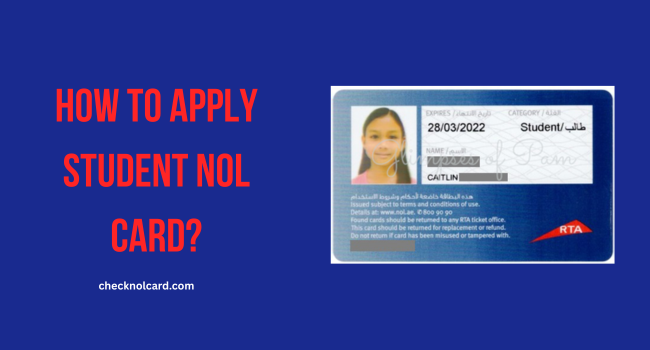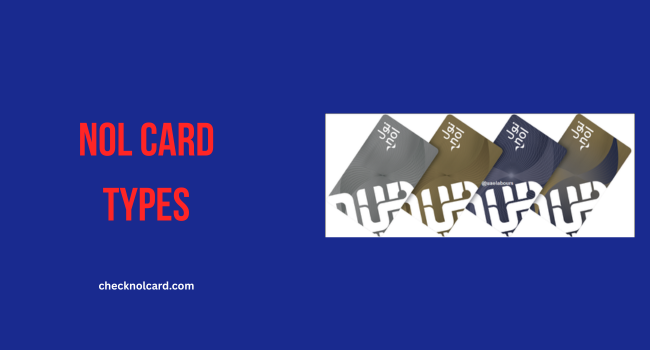What are the limitations on the Nol Card?
Nol card is a convenient and modern way used for public transport in Dubai that facilitates your paying for various modes of transport, including bus, metro, tram, and water bus. Although this card makes your daily journey quite easy, there are also some important aspects and limits that need to be understood so that you can avoid unnecessary difficulties and extra costs.
Check our latest Nol Card Balance service.
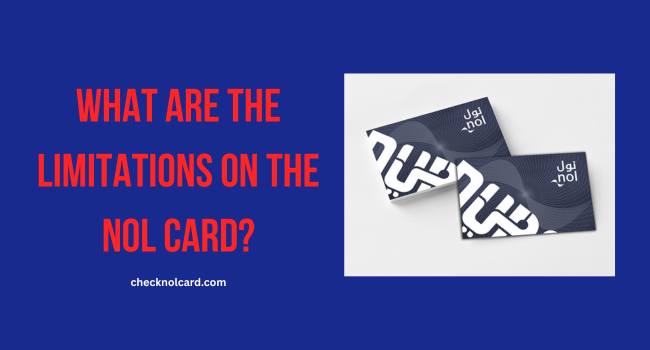
Limited Validity Period
A large flaw of the Nol card is its limited period of time. Usually this card is automatically disabled after five years of issuance, meaning you cannot use it for travel or recharge. Therefore, it is important that it be renewed or replaced with a new card before the time is over so that there is no interruption in the journey.
Also explore Top Up NOL Card here.
Balance and Top-Up Limitations
Although the Nol card can be recharged repeatedly, it has a limit to holding money. Currently, your Nol card can have a maximum balance of up to 500 dirhams, and no more recharges are possible.
Similarly, if the money in the card is less than your next trip fare, you will have to recharge it, or else you will not be able to pass through the metro gate nor ride on a bus or tram. Therefore, it is important to recharge on time so that your journey continues without interruption.
Limited Refund and Transfer Policies
Under normal circumstances, the balance of the Nol card is not returned except in the case when the record is closed on the completion of its term or the user was specific to the refund. But this process does not happen often, i.e., regular application proof and some time for the fund.
Transferring a balance between the Nol card is not a simple process. If your card is lost or you are getting a new card, then you will have to go to RTA’s Customer Re-Center to move the existing balance and complete a formal method.
Usage Restrictions on Certain Modes of Transport
In Dubai, Nol Cards are mostly used in public transport such as metro buses and trams, but in some places there are limits for use. Specifically, traditional taxis do not accept the Nol card, so rent has to be paid with cash or a debit/credit card. Therefore, it is important to take care of different methods of payment while traveling so that no problem can be encountered.
In addition, the use of the Nol card is not possible in the ride-hailing apps and private shuttle services, which is why it is only limited to the government or related public transport services.
Card Sharing and Multiple Users Not Allowed
The Nol card is for only one person, and it is forbidden to share it with the other while traveling. If transport officials found that the card was used by more than one person, you could face a fine. So personally use the card for your convenience and legal restrictions.
This principle is especially important for families and groups that travel together because each passenger must have his own and usable nol card or ticket. This ensures easier and fewer legal restrictions on the journey.
Penalties for Non-Tap or Fare Evasion
The correct use of the Nol card is when the passengers must be tapped on and tapped out at the beginning and end of the journey. If you forget to tap out , you can receive a maximum fare that can be more expensive than ordinary rent. So always remember to use the card properly in both places to avoid additional charges.
If you repeatedly use the Nol card incorrectly, such as not paying the fare, you can be fined, or you can also be prevented from using public transport. These laws are strict so that equality and control are maintained for all.
Conclusion
The Nol card is an excellent tool for cashless transactions in Dubai and high-speed public transport, but there are also some important limits. Such as different card types with different conditions for the balance of balance cards and limited opportunities for refunds. Passengers need to get the card properly and tape out at the beginning and end of the journey, and this card is not made for combined use for multiple individuals.


